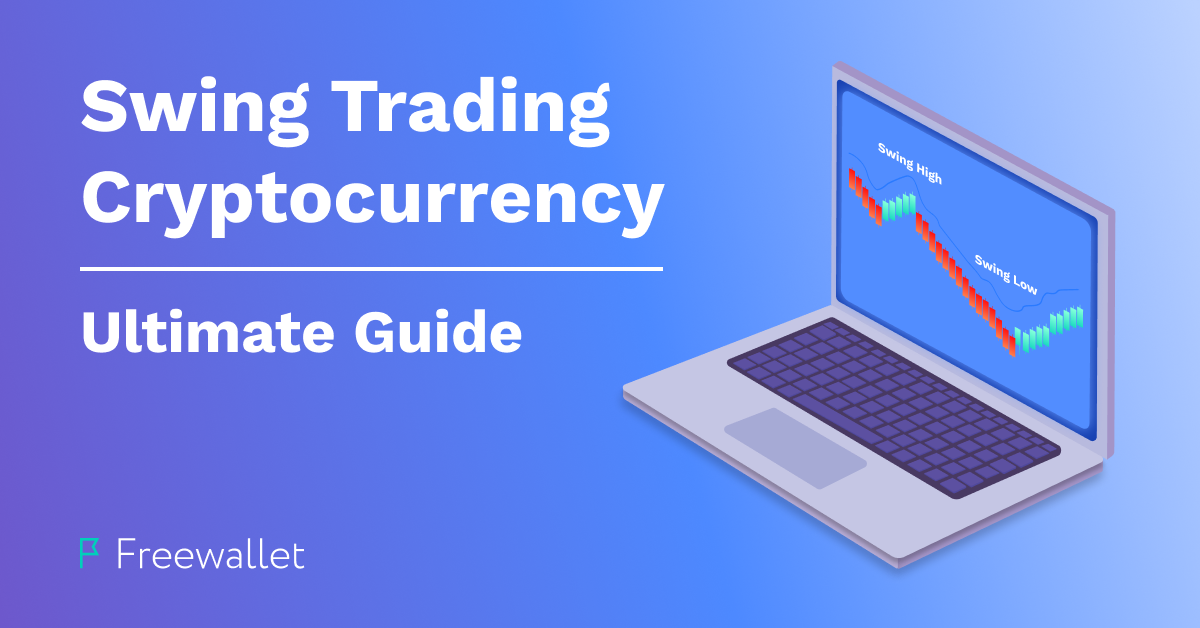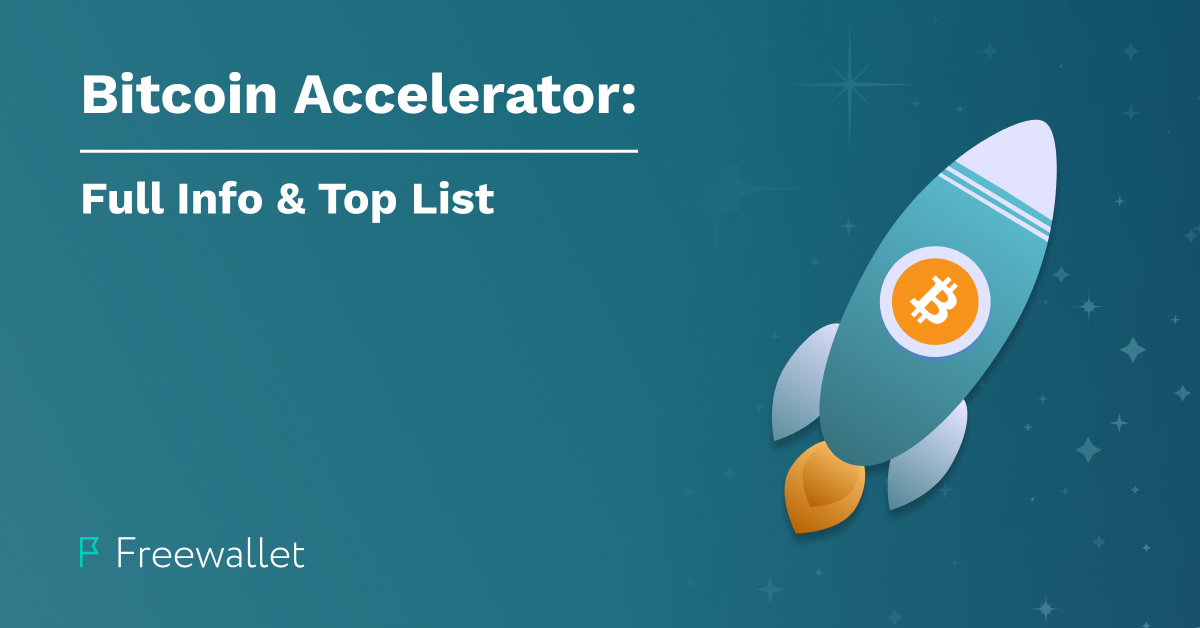
- What Is EOS?
- Wallets Good For EOS Storage
- Freewallet Features for EOS
- Single EOS Freewallet app
- How Can You Store EOS Safely via Freewallet?
- Freewallet EOS Functionality
- Features of the EOS Blockchain
EOS coin is a native cryptocurrency of EOS, one of the most famous and active smart contract protocols. The EOS blockchain is often referred to as the main competitor to Ethereum and even as an Ethereum killer. As a smart contract platform, EOS also competes with Cardano, NEO, Tezos, etc. The below article examines the popularity of the blockchain and advises on how to store EOS safely with Freewallet.
What is EOS?
EOS is powered by EOS.io, an open-source framework developed by Block.one. Block.one endeavors to procure cutting-edge blockchain technology. EOS.io is not the only solution offered by the company. Block.one is also working on the upcoming Bullish exchange and Voice social platform. The code of EOS.io is published on GitHub and publicly available.
The EOS network was launched in 2017 and this was a big event for crypto. Its ICO was record-making, raising about $4.1 bln. So far, this investment amount stays unrivaled in the history of ICO projects.
Chief technology officer of EOS, Dan Larimer, is prominent in the world of blockchain and crypto and known for creating a blockchain social network Steemit and a decentralized exchange BitShares.
The popularity of EOS can easily be explained with its high transaction speed. This speed leaves bitcoin and Ethereum blockchains behind. To store EOS with Freewallet, pay attention to the Multi-coin wallet for desktop, iOS, and Android, or download a single-currency EOS Wallet developed for your Android device. This app works similarly to the Multic-coin Wallet but it was launched exclusively for the EOS cryptocurrency.
The EOS public network functions on the basis of an open-source EOSIO framework. It creates opportunities for public blockchain communities, developers, and enterprises. Specifically, it delivers all benefits of blockchain to the developers of industrial-scale decentralized applications. EOS.io provides businesses with the tools to create an innovative digital infrastructure as well as opens the way to the use of large-scale decentralized applications. The EOS.io Developer Portal is one of those tools. There is no centralized entity that would have full control over the EOS public network. The network is governed by the cooperative community of token holders. Telos and WAX are other public blockchains supported by EOS.io and there are also a number of private chains. EOS uses the Distributed Proof of stake (DPOS) consensus mechanism.
Wallets Good For EOS Storage
Freewallet has always been an EOS-friendly platform. The history of EOS in Freewallet started when the company enabled EOS as an ERC-20 token and supported its subsequent swap into the coin on the EOS mainnet. Later on, Freewallet released a single-currency EOS Wallet for Android. A curious fact: we have analyzed how much money our users saved on EOS setup fees. Check out our findings here.
Freewallet has always been an EOS-friendly platform. The history of EOS in Freewallet started when the company enabled EOS as an ERC-20 token and supported its subsequent swap into the coin on the EOS mainnet. Later on, Freewallet released a single-currency EOS Wallet for Android. A curious fact: we have analyzed how much money our users saved on EOS setup fees. Check out our findings here.
Freewallet Features for EOS
If you would like to work with EOS, there are two options for you:
- Set up an EOS account with Freewallet and manage it on any platform for your convenience – on the desktop, iOS or Android.
- Install the Freewallet stand-alone EOS app developed for Android devices and manage the coin, using this mobile application.
You don’t have EOS, yet? Not a problem! - If you don’t have EOS coins, just refill your wallet balance with any cryptocurrency, it can be exchanged for EOS.
- Purchase EOS with a bank card.
Single EOS Freewallet app
A single-currency EOS app works for both Android and iOS platforms. Feel free to set up a mono EOS wallet as described above.
As in the case with all Freewallet Family applications, the single-currency EOS app has a minimalist and intuitive design. The very top of the main screen shows your user pic as well as features two buttons. To your left, you’ll find a lightning icon of the userpic and a gear-wheel sign can be found to the right. When clicking on the lightning icon, you will open the Rates tab. This is the place where you can easily check the current EOS/USD rate in several time frames (24 hours, the recent 7 and 30 days), evaluate the recent price change, and enjoy the price chart. The stats provide an insight into the High and Low reached within a certain frame as well as the price change (measured in percent). A gear wheel icon directs you to the ‘Settings’, just like it is implemented in the Crypto Wallet.
The middle of the main screen has three buttons. The ‘Receive’ button allows you to generate your EOS receiving address. Mind that this is a composite address, in which the first part has the name in letters and the second part has a special digital tag. Send and Scan QR buttons are used to send out EOS coins. All EOS-to-EOS transactions are free. If you’d like to exchange the existing EOS balance for altcoin or BTC, click “Receive” and pick up the currency of your choice. Next, generate a smart address for exchange and copy it. The final step will be to send your EOS coins to this address. An exchange transaction will be subject to network fees.
How You Can Store EOS Safely via Freewallet?
Storing EOS with Freewallet is absolutely safe! You can set 2FA on both authentification and sending coins, specify several emails addresses to confirm your transactions, and maintain a special PIN code. The PIN code for your single-currency EOS wallet will be different than the one you use for a Multi-coin Crypto app.
When you set up an EOS wallet on the blockchain or a non-Freewalllet app, you are usually required to deposit a certain amount of EOS coins in order to have your wallet registered on the network. This deposit still belongs to you but it is paid to cover CPU, NET, and RAM resources on your EOS account. It means that you lock this money and won’t be able to move these coins later. The price for account registration varies between $2 to $20. This crypto amount is pegged to the exchange rate of the coin.
Did you know that? With Freewallet, you’ll be able to create an EOS wallet free of charge and enjoy absolutely fee-free payments. Freewallet is happy to provide you with such an opportunity and cover all the expenses for you. (Of course, exchange transactions are subject to fees.) The EOS blockchain does not charge any transaction fees or gas.
To proceed, download the Freewallet stand-alone EOS app or Multi-coin Wallet. Then, open an EOS account without a registration fee and initiate EOS transactions. It takes only three simple steps:
- Register a Freewallet account with your email address, Facebook, Gmail, or cell phone number;
- Press the “Receive” button and pick EOS in the popup list of coins
- Congratulations! All set. Your free EOS wallet is ready.
No need to stake any funds to cover the costs of CPU, NET, or to buy RAM. You can take advantage of the EOS blockchain without any prior deposit being paid.
Freewallet EOS functionality:
- Send, receive, store and convert EOS with Freewallet safely
- Purchase EOS with a bank card (with the help of the Freewallet Multi-coin app, or web wallet)
- Purchase gift cards with EOS. There are plenty of gift cards from the best global stores in Freewallet.
- Protect your EOS with advanced security features including the mandatory PIN code, 2FA, confirmation of transactions with more than one email address, active session control, and transaction limits. Your funds are safely stored in the Freewallet secure vault, ensuring strong protection of your EOS cryptocurrency against attacks of hackers.
- Track the EOS price charts as the exchange rate against USD or other national currencies that you can find in the “Settings”.
Features of the EOS Blockchain
Scalability
Under scalability, we understand the volume of transactions going through the network per second. No need to remind our readers that scalability is one of the crucial issues of modern blockchains.
This parameter was of critical importance when the idea of EOS was conceived. Much better scalability would allow the EOS network to leave Ethereum behind. Unlike Ethereum, the EOS blockchain processes parallel transactions and enhances the final throughput this way. As of now, the network is capable of processing 30 thousand transactions per second. With all recent improvements being made, Ethereum has reached the level of about 15 thousand transactions per second.
One of the goals of better scalability is the need to develop an architecture to support a large number of applications and user bases. The scalability for the EOS blockchain is implemented on the 3 levels: horizontally, vertically, and via the data access layer.
To improve scalability on the vertical level, both software and hardware are enhanced with Random Access Memory or stronger Central Processing Units. Upon that, RAM, CPU, and network bandwidth resources are being optimized. WASM (WebAssembly) smart contract engines are integrated by EOS.io, as well as multi-threading, as one of the measures to maintain vertical scalability.
Regular adjustments to the Nodeos.core also serve the above-stated purpose. This complex of adjustments includes improved database access and EOS Virtual Machine performance. The role of horizontal scalability is to enable more opportunities for developers to build decentralized applications. It is achieved via the use of abstraction levels.
Data access scalability seeks to optimize exchange between server and client.
Consensus Model and Structure
The consensus mechanism employed by EOS is Distributed Proof of stake (DPOS). It entitles all investors with voting power.
The EOS platform encompasses two major structures represented by Block producers, similar to miners on other blockchains, and the EOS Core Arbitration Forum (ECAF), serving as the arbitration forum for the EOS community. Block Producers are elected by network participants. Its total number is 21.
Decentralization
Eos is primarily focused on improving the scalability of the network, addressing decentralization and censorship-resistance as less important objectives. Currently, 21 Block Producers are authorized by token holders to make decisions regarding the network.
Use cases
One of the top benefits of the EOS blockchain is a vast range of real cases where it can be applied. First of all, it makes it possible to render a great number of web services, such as authentication of users, deployment of smart contracts for various purposes, gaming/gambling, and use of cloud storage applications. The absence of transaction fees adds to the popularity of EOS as a solution for businesses.
These features allowed a lot of applications to build on EOS. Examples of the applications running on EOS include those which power digital payments, fitness tracking, music sharing, etc.
Related
Stay tuned
Subscribe for weekly updates from our blog. Promise you will not get emails any more often.
Most Popular
New Posts
Stay tuned
Subscribe for weekly updates from our blog. Promise you will not get emails any more often.






